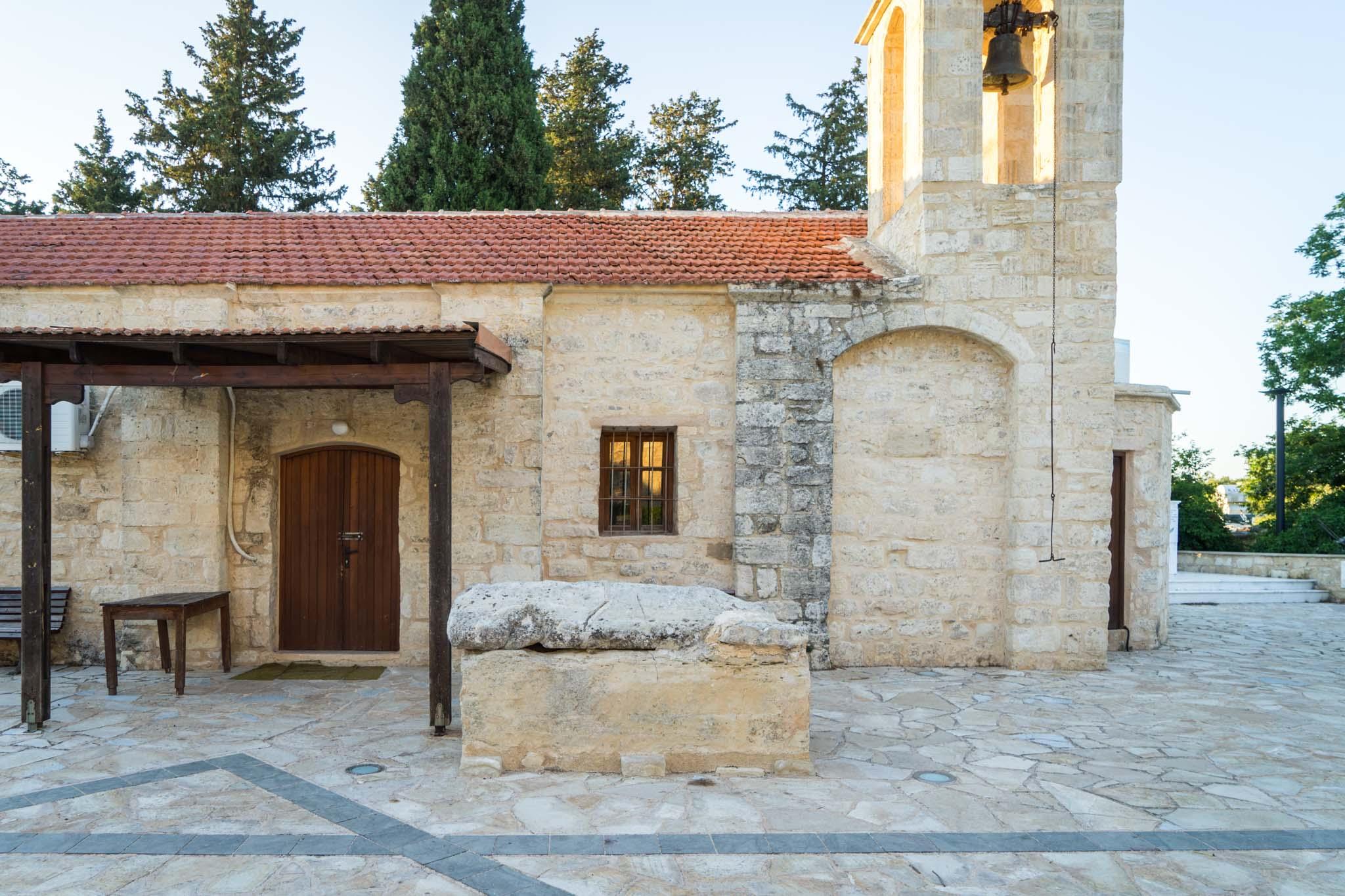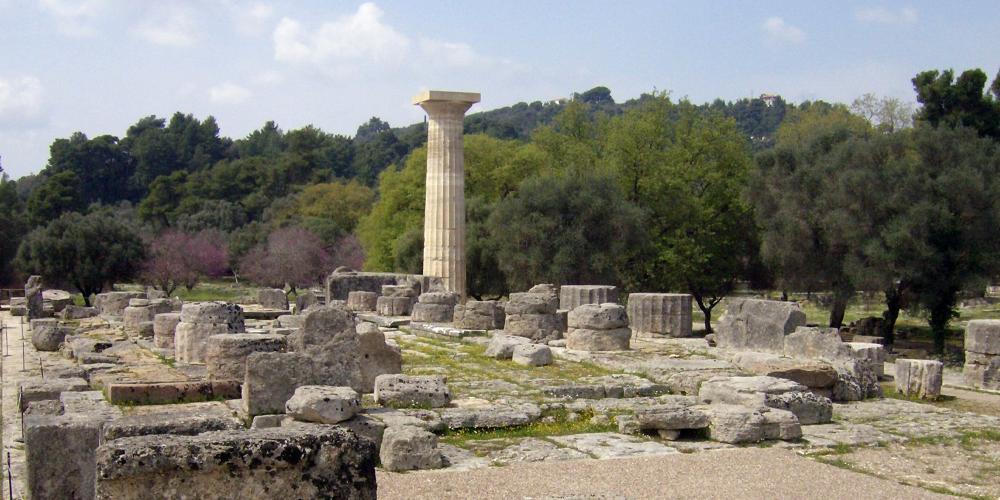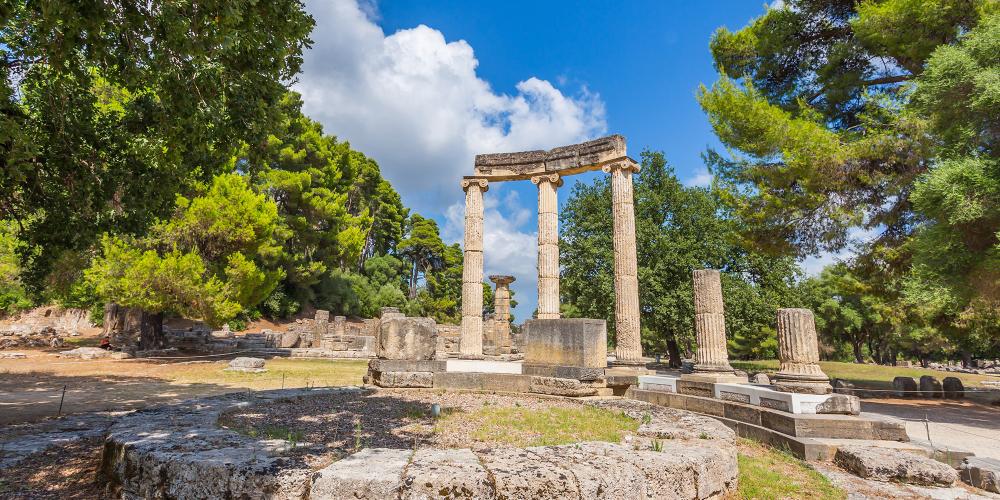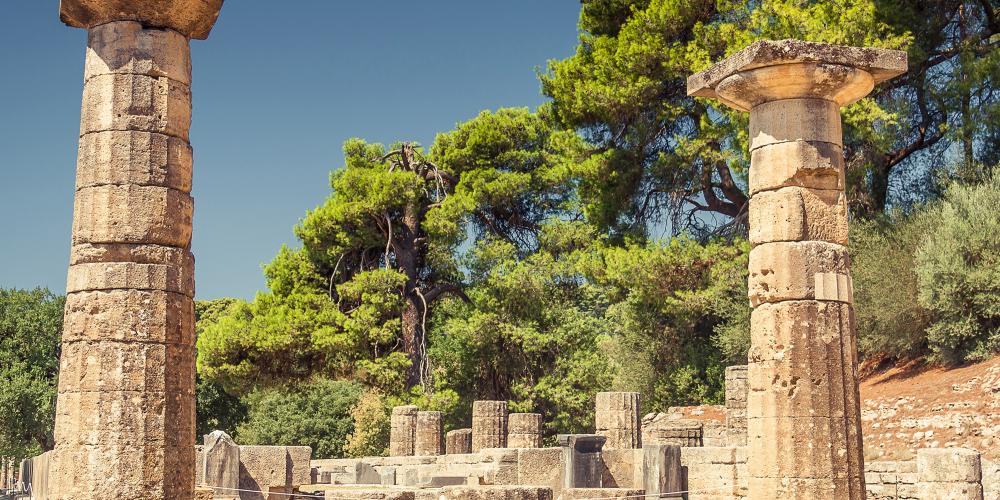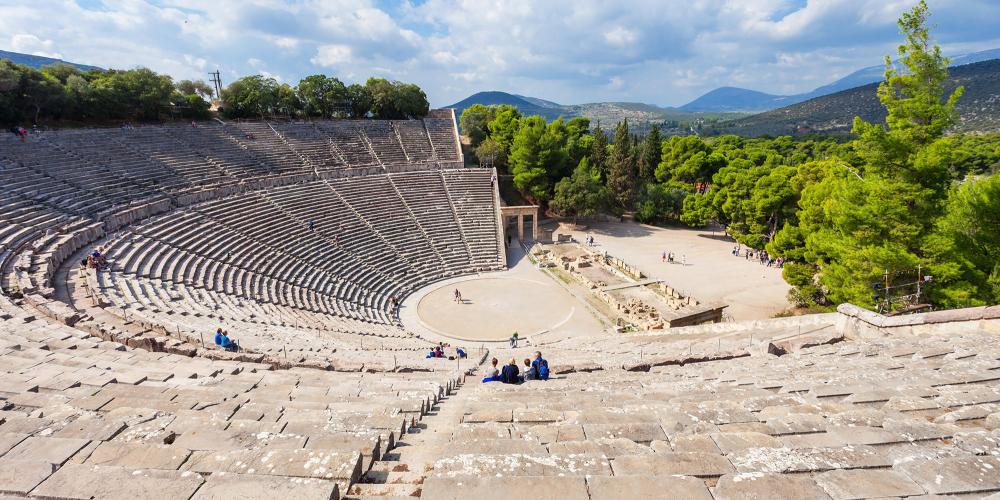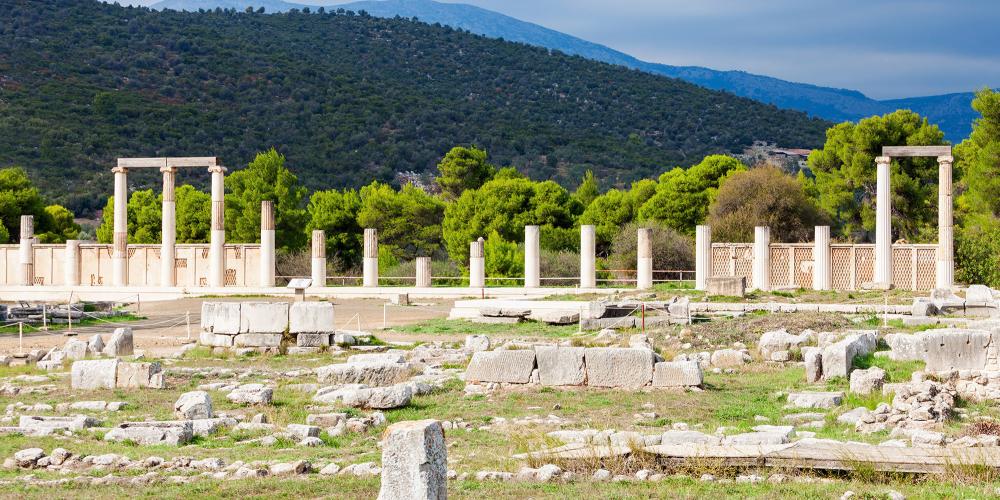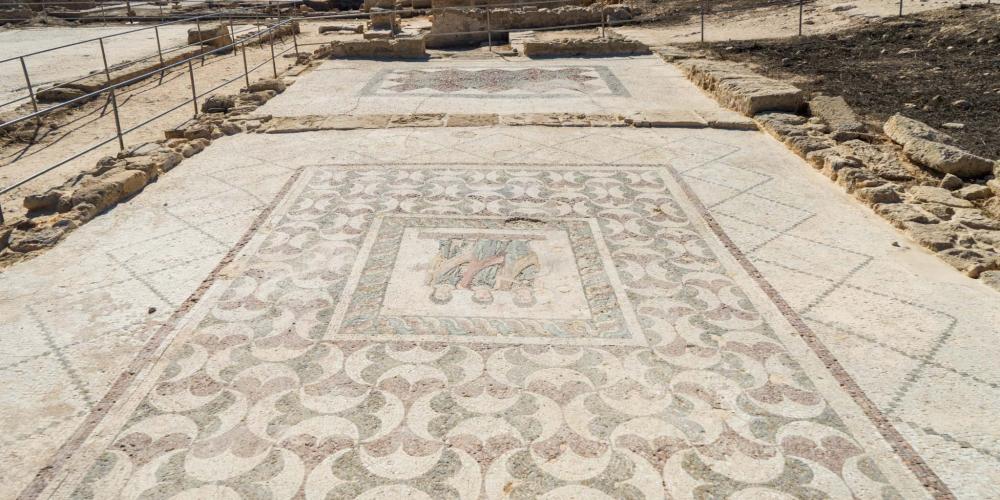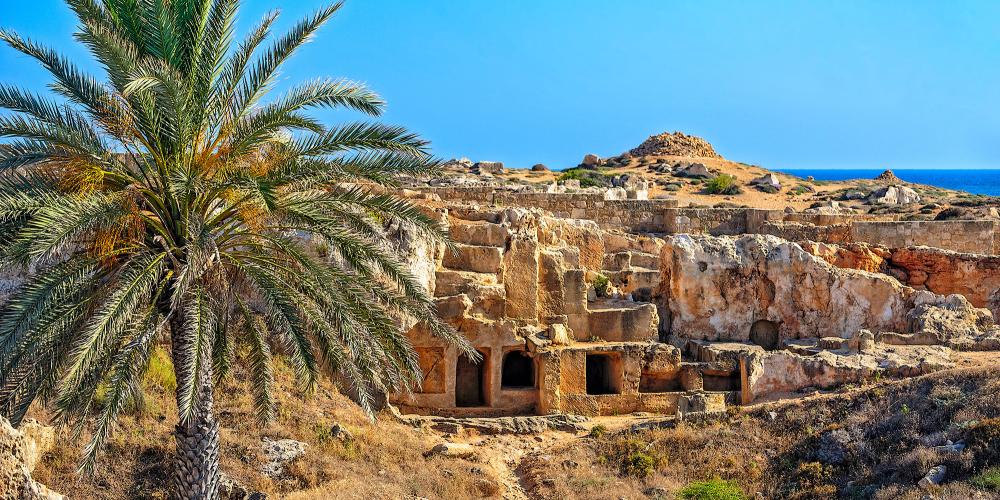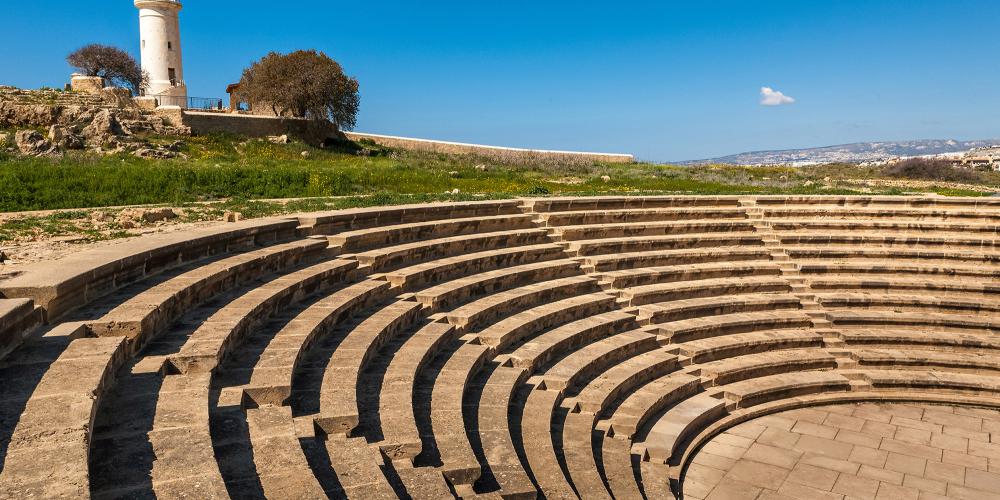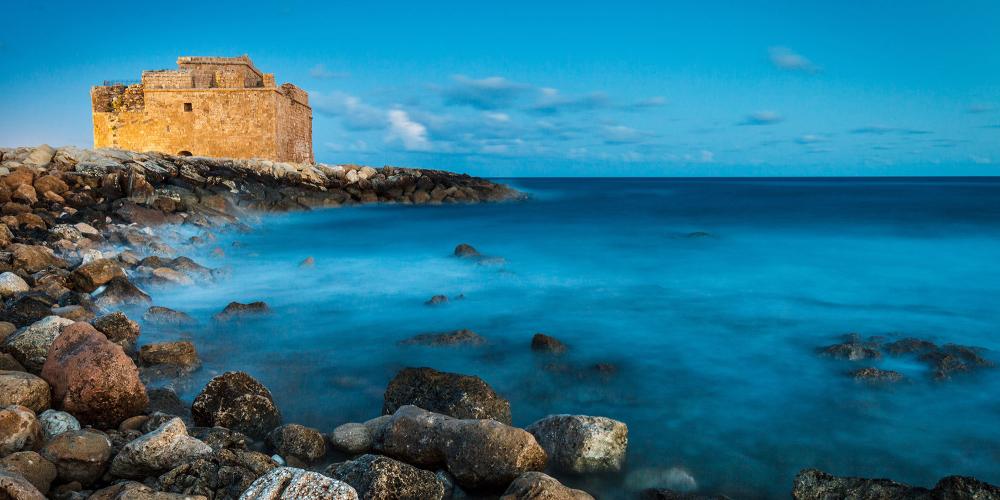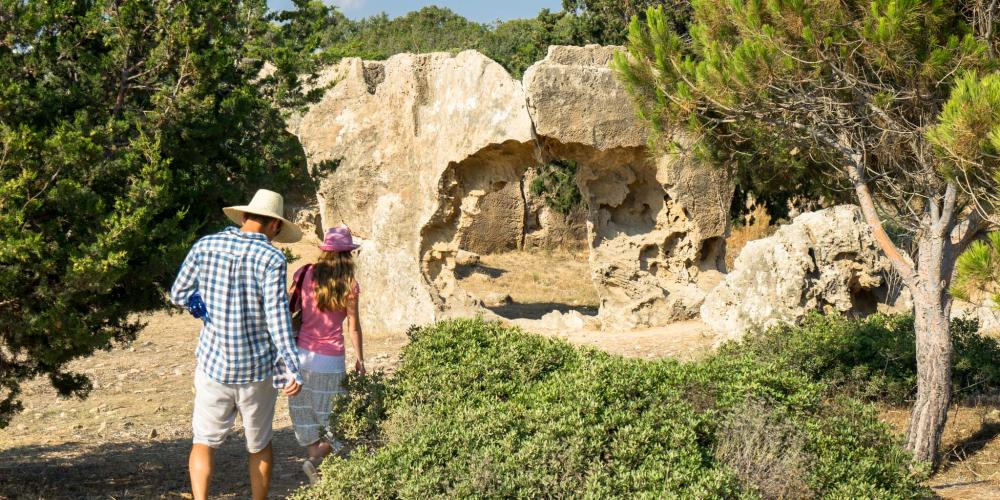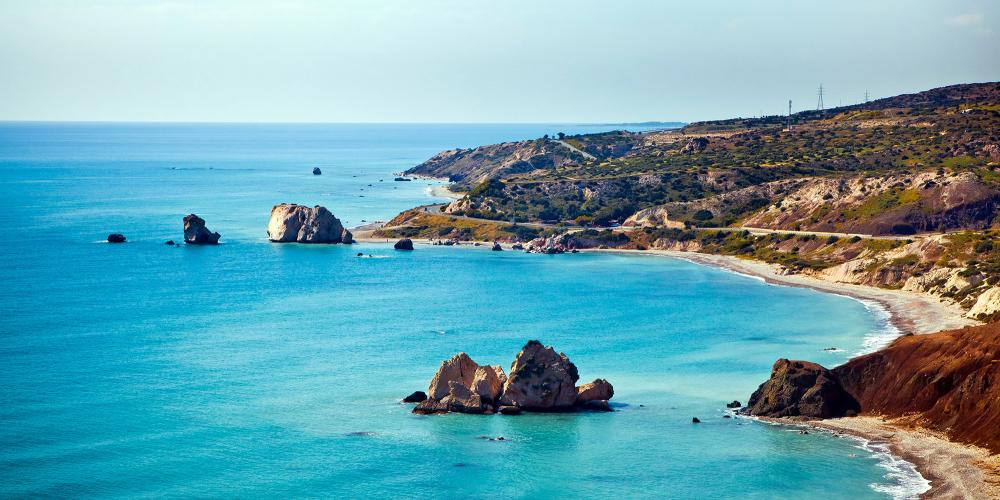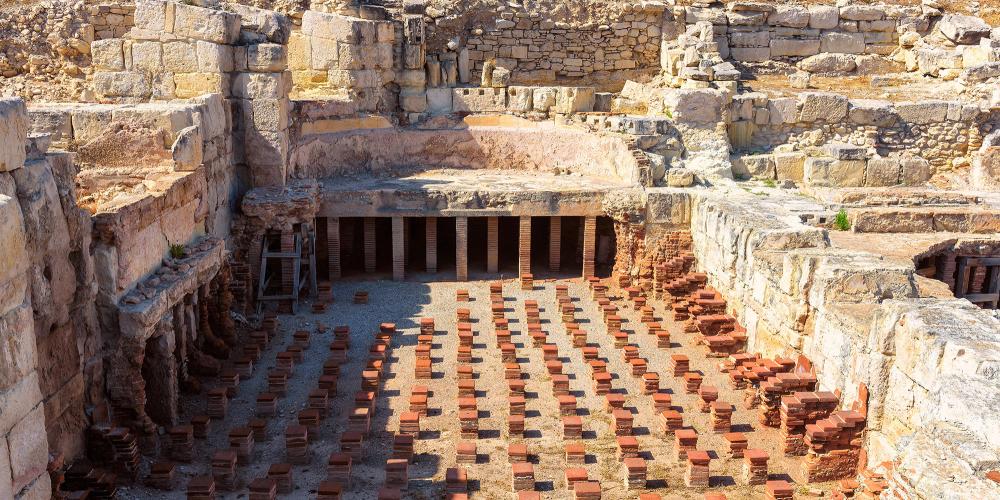Discover Apollo, Zeus & Aphrodite in Greece and Cyprus

Day 1: Olympia, Greece
Reach the mythical Olympia from Araxos airport for charter flights or by bus from Athens airport. Start your day by visiting the archaeological site of Olympia. Around the ruins, you can learn more about the Olympic Games and ancient cults. At the ancient centre of the cult of Zeus, father of the twelve gods of Olympus, discover the place that inspired the greatest Greek artists such as Phidias. Many masterpieces have survived: large votive archaic bronzes, metopes of the temple of Zeus, and the famous Hermes complex by Praxiteles. Continue your journey among the masterpieces of Greek art at the Archaeological Museum of Olympia. On the way to the museum, take the time to stroll through the Olympic Truce Grove. Dominated by poplars, pines and plane trees, it is dedicated to the concept of peace. After all, the idea became a strict institution in Antiquity, since the cessation of hostilities was a prerequisite for the peaceful holding of the Olympic Games. Enjoy the rest of your day tasting Greek culinary traditions in the city's restaurants. In August, on every full moon evenings, the archaeological site remains open and free of charge until midnight. You can enjoy the experience by attending public concerts dedicated to famous Greek authors and composers.
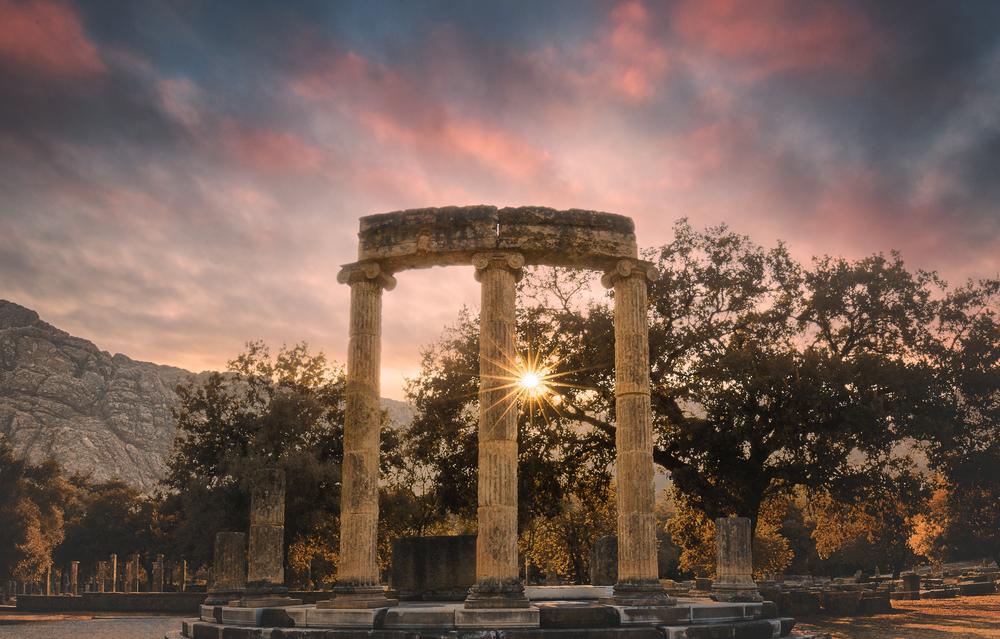
Day 2: Olympia and Epidauros, Greece
This morning take the road towards Bassae and the Temple of Apollo, inscribed on the World Heritage List since 1986, while following the Peloponnese coast. Let yourself be enchanted by the charms of the Greek beaches. In Bassae, the famous temple of the solar and healing god was built around the middle of the 5th century BC by Iktinos, also the constructor of the Parthenon. Admire the only temple of the Antiquity to combine three architectural orders: the Doric, Ionic and Corinthian styles. Located at an altitude of 1 130 m, a visit to the temple also offers you a magnificent view over the Greek countryside. Then continue your journey to Epidauros where you can end your day in the taverns of the city.
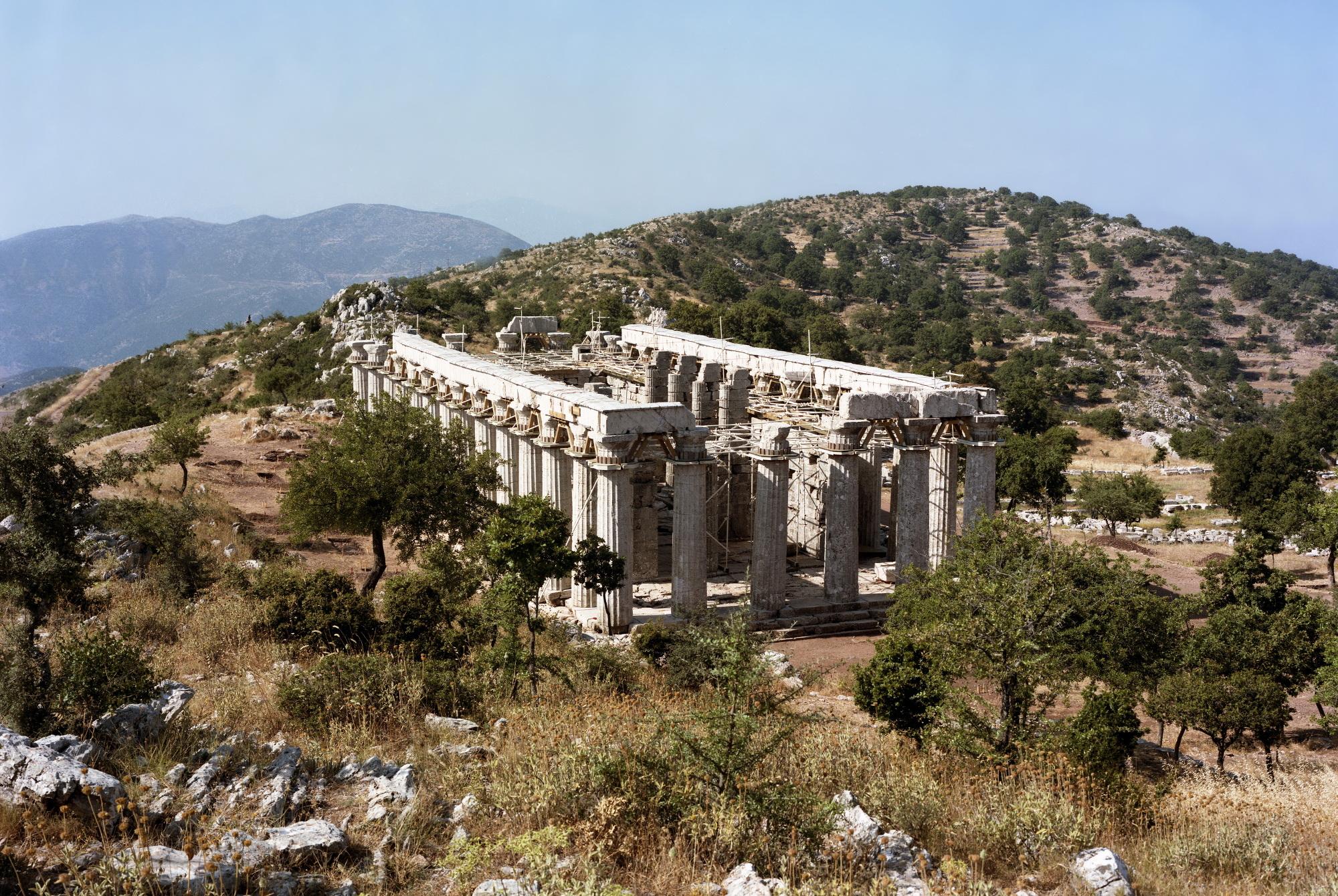
Day 3: Epidauros, Greece
Today, go and discover the sanctuary of Asklepios at Epidaurus. This sacred site used for ceremonial medical practices since the 2nd millennium BC was also associated with the cult of Apollo in the 8th century BC. Throughout the centuries, its temples, its amphitheatre, its banquet halls and sports venues have undeniably contributed to the evolution and advancement of medicine, from prayer to science. Sit on the steps of its ancient theatre and enjoy the view of the site. End your day by strolling in the streets of Epidauros and don't miss the feta, kefalograviera, myzithra and graviera produced not far from the city in Trachia (city which is also worth the visit!). For those who visit Epidauros between July and mid-August, top off your evening with a play in the archaeological remains. Relive the magic of ancient plays in an original setting during the Epidauros Theatre Festival.
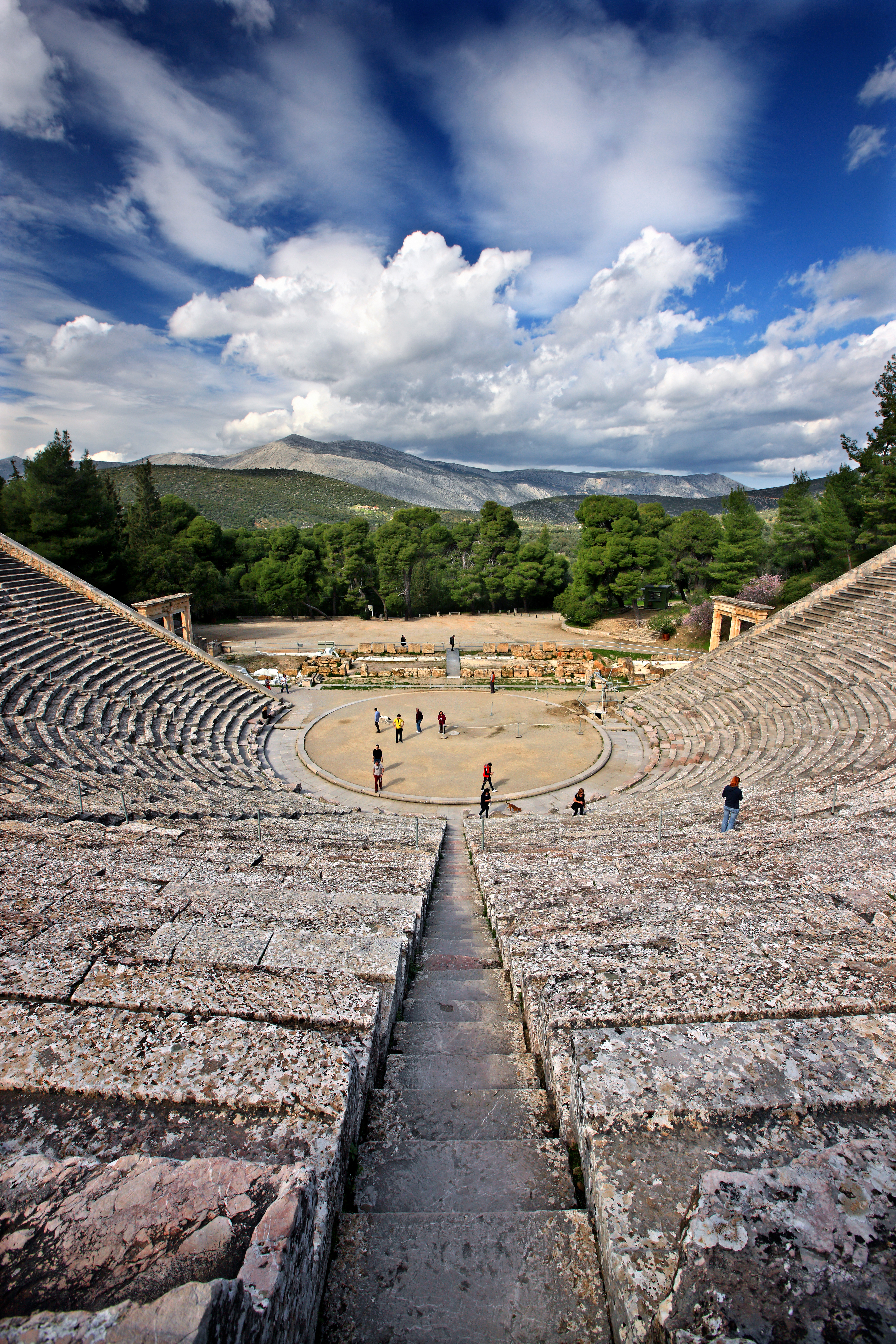
Day 4: Epidauros, Greece
Close to the sanctuary of Asklepios, visit the picturesque seaside village of Palaia Epidaurus. Once you have arrived, visit the theater of the ancient city. Located on the promontory called "Nesi", it offers you an exceptional view of the sea. If you want to swim, follow the coast which is full of ideal coves for swimming. Just watch out for the sea urchins! The area also offers many hiking trails through beautiful pine forests.
Day 5: Paphos, Cyprus
Take a flight from Athens to Cyprus landing in Paphos. Consider renting a car at the airport (or several other agencies in town) to visit different parts of the World Heritage site and explore the island. In Paphos you will discover the home of Aphrodite, goddess of love. Spend your day strolling through the city of Paphos and discover the richness of its local crafts. One of the best places to meet local artists is a studio space called The Place. Rest from your day admiring the Cypriot sunset, and take a short drive to the location of 'Oniro by the Sea', a romantic spot renowned for its its beautiful view of a submerged shipwreck.

Day 6: Paphos, Cyprus
Take advantage of your first day in Cyprus to go to the beach where Aphrodite emerged from the sea. A local legend says that anyone who swims around the rock will be blessed with eternal beauty. Near the beach you will find the sanctuary of Aphrodite which is part of the World Heritage site. Around the temple, the ruins of a Roman colony - created for ancient pilgrims who travelled to honour the goddess - highlight this unique ancient site. For the complete history of the site, visit its archaeological museum. Finish your day by savouring Paphos' delicious loukoum.

Day 7: Paphos, Cyprus
Put on your hiking boots and walk in Aphrodite's footsteps. At one hour drive from Paphos, follow the paths to Aphrodite's bath. Under an old fig tree you will find a small natural cave. The water flows along a rock wall and forms a natural pool covered with foam. Legend has it that this is where Aphrodite used to swim. According to Greek mythology, she met her lover Adonis in front of this water basin when he stopped to drink while hunting. From the baths, a 2.5 km trail follows the legendary path that the Goddess of Love took to rest under a large oak tree. From there, the path is divided into two hiking routes called "Aphrodite" and "Adonis". Both trails are about 5 km long and offer breathtaking views of the sea. If you want to learn more about the cult of Aphrodite, stop by the archaeological museum of Polis near the baths.
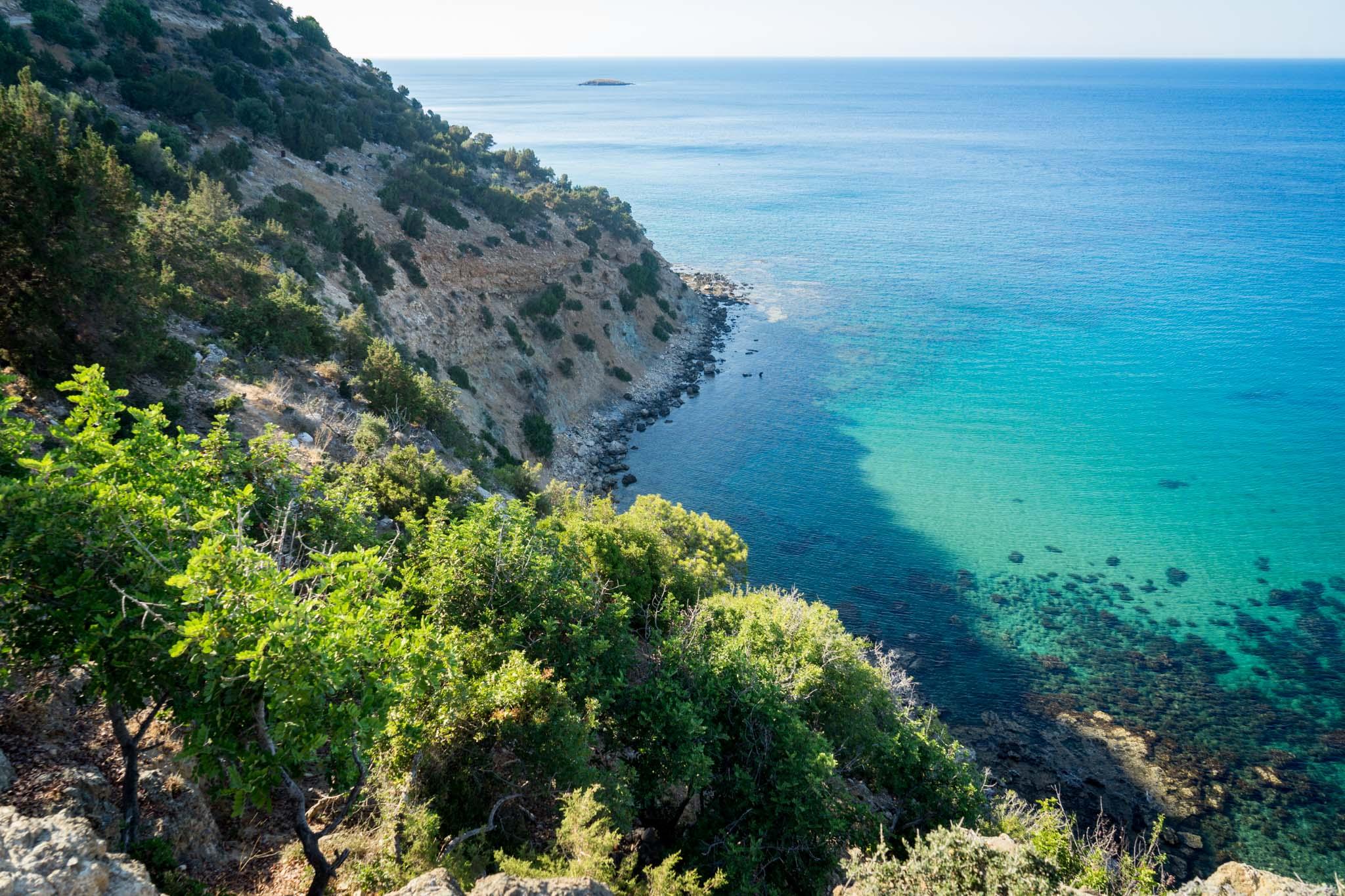
Day 8: Paphos, Cyprus
Today explore one of Cyprus's seven official wine routes. Most of them are easily accessible from Paphos. In addition to taking you to the best vineyards in the region, the roads take you to beautiful places with panoramic views and small picturesque villages. For wine lovers, a good white grape variety to try is Xynisteri. It is fresh and fruity and goes perfectly with a local seafood meal. As for red wines, the most popular local variety is Mavro.

Day 9: Paphos, Cyprus
Still under the aupices of the Goddess of Love and Beauty, explore the villages located north of the city and especially that of Arodes. It is home to a legend that attracts visitors from all sides of the island. The church of Arodes has two large stone funeral boxes. The local myth says that by breaking a piece of stone from St Agapiticos' tombstone, grinding it into powder and putting it in a loved one's drink, they will fall in love with you instantly. The legend also says that if you do the same thing with the stone from the tomb of St Misiticos, the person drinking the powder will no longer love you. Go there yourself to discover which of the two graves was the most used! Take advantage of your visit to the heart of the country to savour the local specialities one last time.
